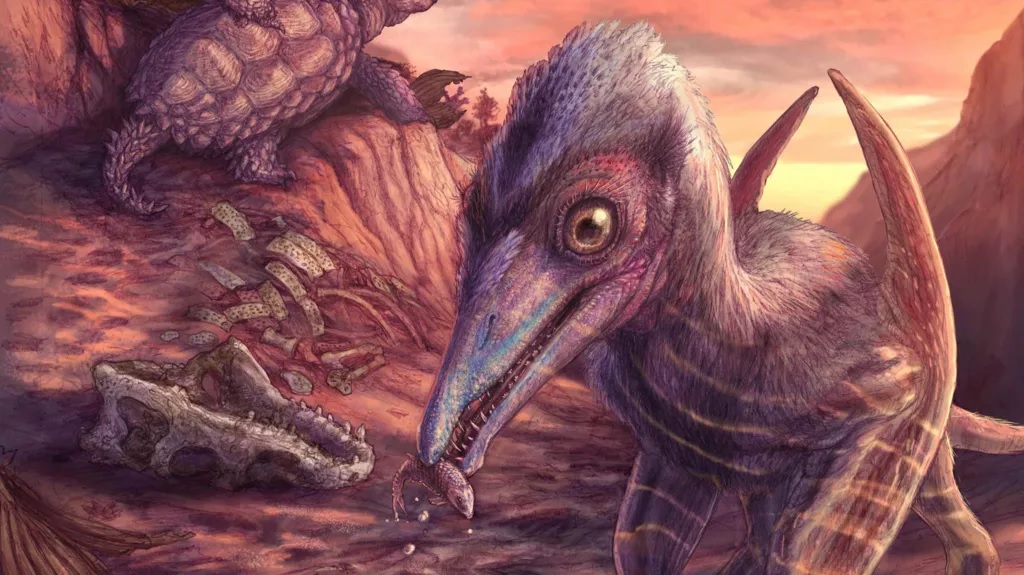A team of researchers has identified a new species of pterosaur from a fossilized jawbone discovered in Arizona’s Petrified Forest National Park. Named Eotephradactylus mcintireae—meaning “ash-winged dawn goddess”—the creature lived over 200 million years ago, making it the earliest pterosaur ever found in North America. The findings, published in Proceedings of the National Academy of Sciences, shed light on the diversity of flying reptiles during the Triassic period.
A Rare Fossil Preserved in Volcanic Ash
The delicate jawbone was originally unearthed in 2011 but only recently analyzed using advanced scanning technology. Dr. Kligman, the lead researcher, explained that pterosaur bones are rarely fossilized due to their small, hollow structure. This specimen, however, was exceptionally preserved in ancient riverbed sediments mixed with volcanic ash. The site, once part of the supercontinent Pangaea, has yielded a treasure trove of fossils, including fish scales, teeth, and even fossilized feces.
Clues to Diet and Ancient Ecosystems
Wear patterns on the pterosaur’s teeth suggest it preyed on hard-bodied creatures, likely primitive fish covered in bony armor. The discovery provides a snapshot of a transitional ecosystem, where extinct giants like armored crocodile relatives coexisted with early frogs and turtles. “This fossil bed captures a critical evolutionary moment,” said Dr. Kligman. “We see doomed Triassic species alongside groups that would later thrive.”
Implications for Future Discoveries
The research team believes similar fossil sites worldwide could harbor more pterosaur remains. “Recognizing their bones in river deposits opens new possibilities,” Dr. Kligman noted. As scientists continue exploring these ancient landscapes, each find brings us closer to understanding how life evolved after Earth’s greatest mass extinctions—and how winged reptiles first took to the skies.














